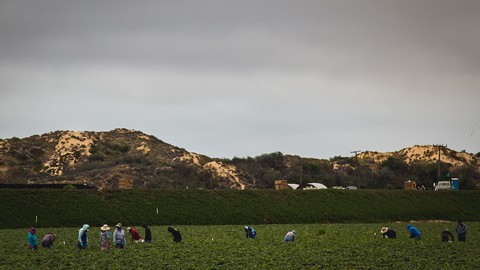
The Williamson Act, passed in 1965, now keeps more than 16 million acres of farmland out of the hands of developers. Here's how the law puts the brakes on the development of California agricultural properties.

In NYT’s “The Farmers Had What the Billionaires Wanted,” we meet a man who wants to build a city in the middle of nowhere, and folks who are slowing him down.
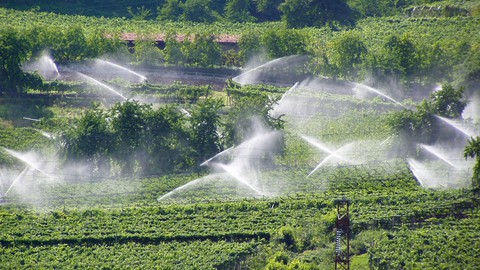
Even though California faces serious water shortages, the Legislature’s analysts recommend weaker outdoor conservation requirements and longer deadlines for urban water agencies.
 LOCAL NEWS
LOCAL NEWS
The golden chanterelle mushroom is California’s official state mushroom thanks to new legislation that went into effect Jan. 1. (File Photo)
Every year, California’s legislators send a flurry of bills to the governor in hopes he or she will sign …
 LOCAL NEWS
LOCAL NEWS
Al DeRose stands in front of a photo of his father, Pat DeRose, at the family vineyard’s tasting room in Hollister. Photo: John McKay

Hunger and food insecurity have become persistent problems in California. With the world’s fifth-largest economy, what steps can we take to make sure that everyone has enough to eat?
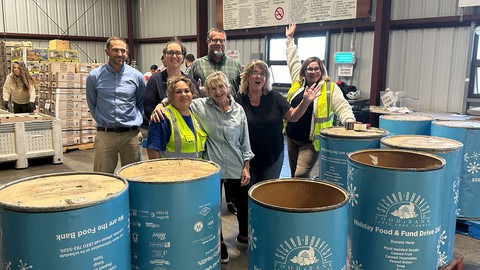
Second Harvest Food Bank Santa Cruz County CEO Erica Padilla-Chavez looks at food insecurity as a symptom of an underlying disorder—one that can be cured.
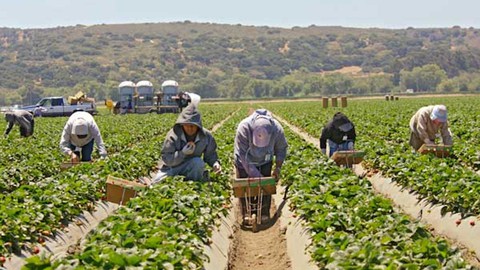
The United Farm Workers, which represents nearly 7,000 workers, won a unionization vote in Stanislaus County. It’s the first such win in six years and first under a law that went into effect in May.
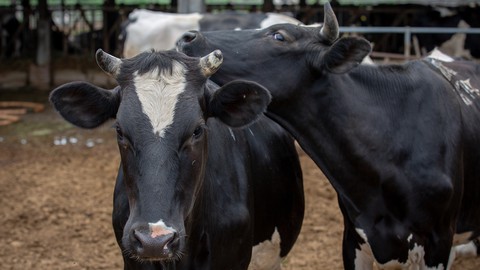
California grants climate credits for fuel made from cow manure, but there’s a paradox: The state’s program encourages collection of methane yet promotes natural gas.
 LOCAL NEWS
LOCAL NEWS
Nursery crops and mushrooms remained at the top in Santa Clara County’s latest Crop Report, which was released Oct. 6. Overall, the value of Santa Clara County’s agricultural products rose 5.6% to nearly $359 million, the report shows. Nursery crops, …
A new Turkish café tempts the senses. Oklava Cafe delivers the scrumptious goods to Palo Alto and delights the taste buds.
 LOCAL NEWS
LOCAL NEWS
The Milias Restaurant, a cornerstone of downtown Gilroy’s dining scene, has permanently shut its doors. Owners Adam Sanchez and Ann Zyburra announced the closure on Facebook Sept. 1, thanking the customers and staff who supported the establishment that opened in …
California Forever, the company backed by billionaire Silicon Valley investors that wants to build a new city in Solano County, has posted a new website in an attempt to start a "conversation" about the massive project.